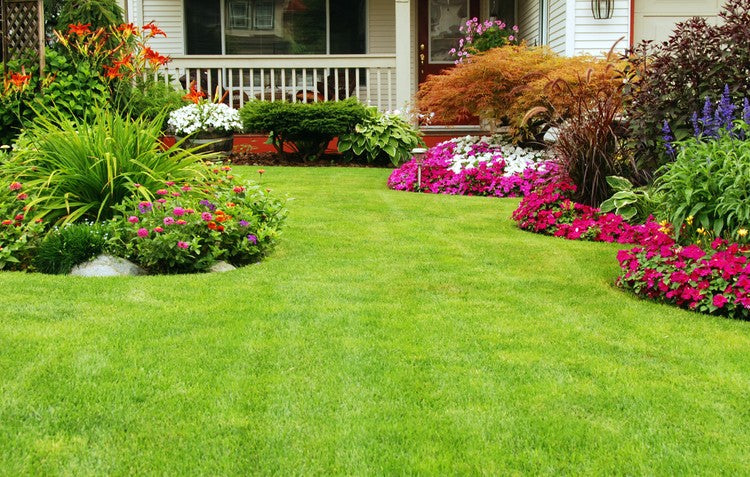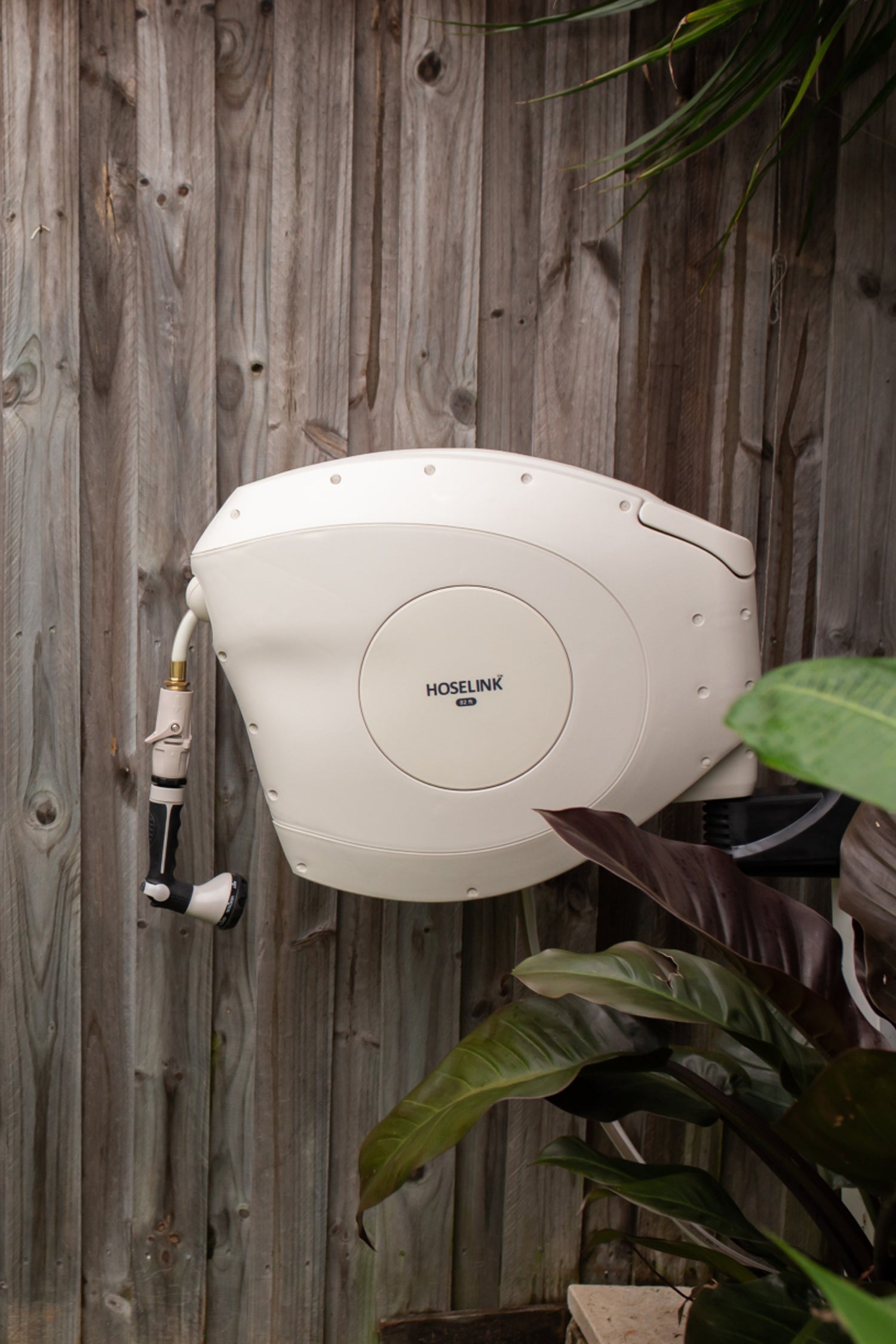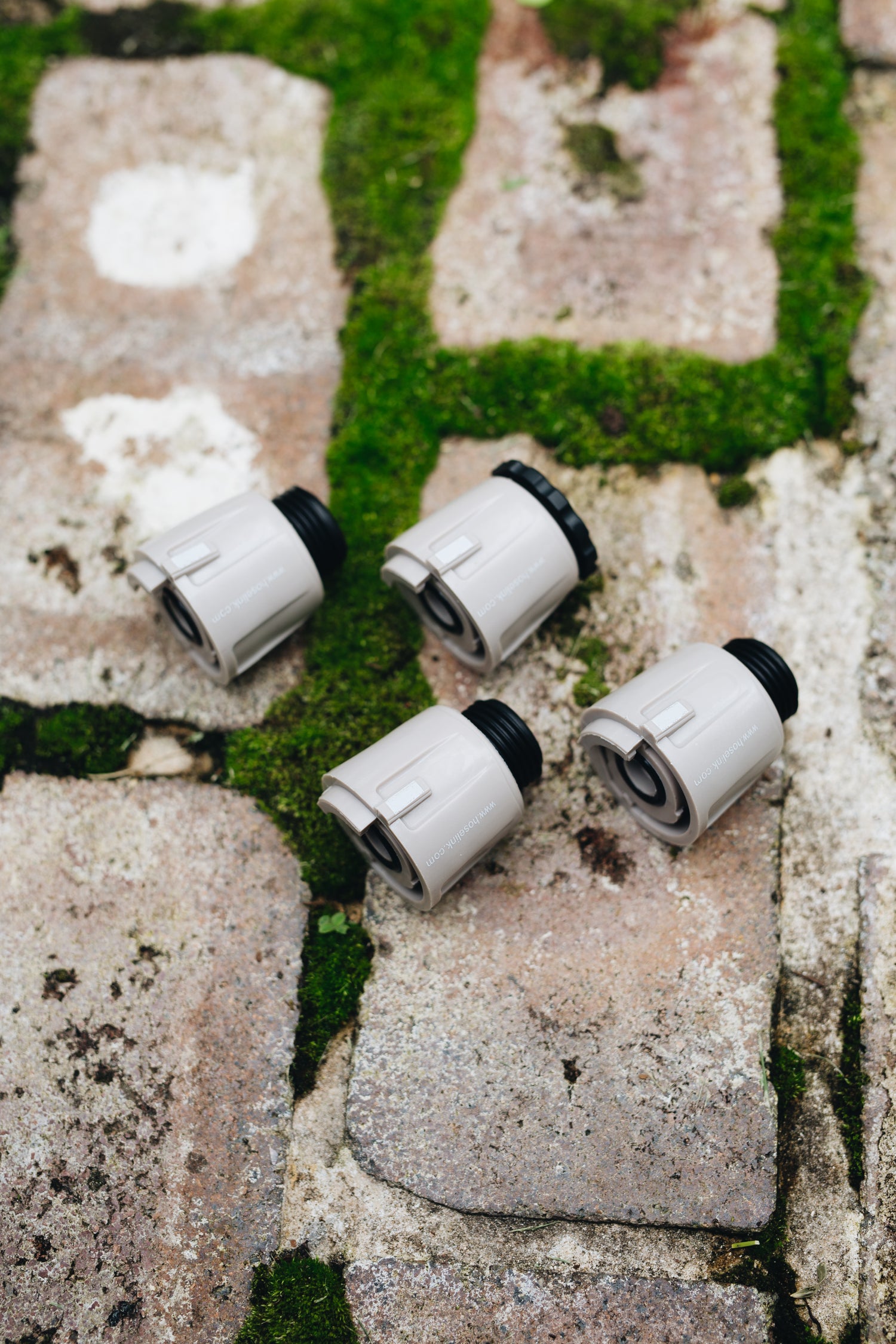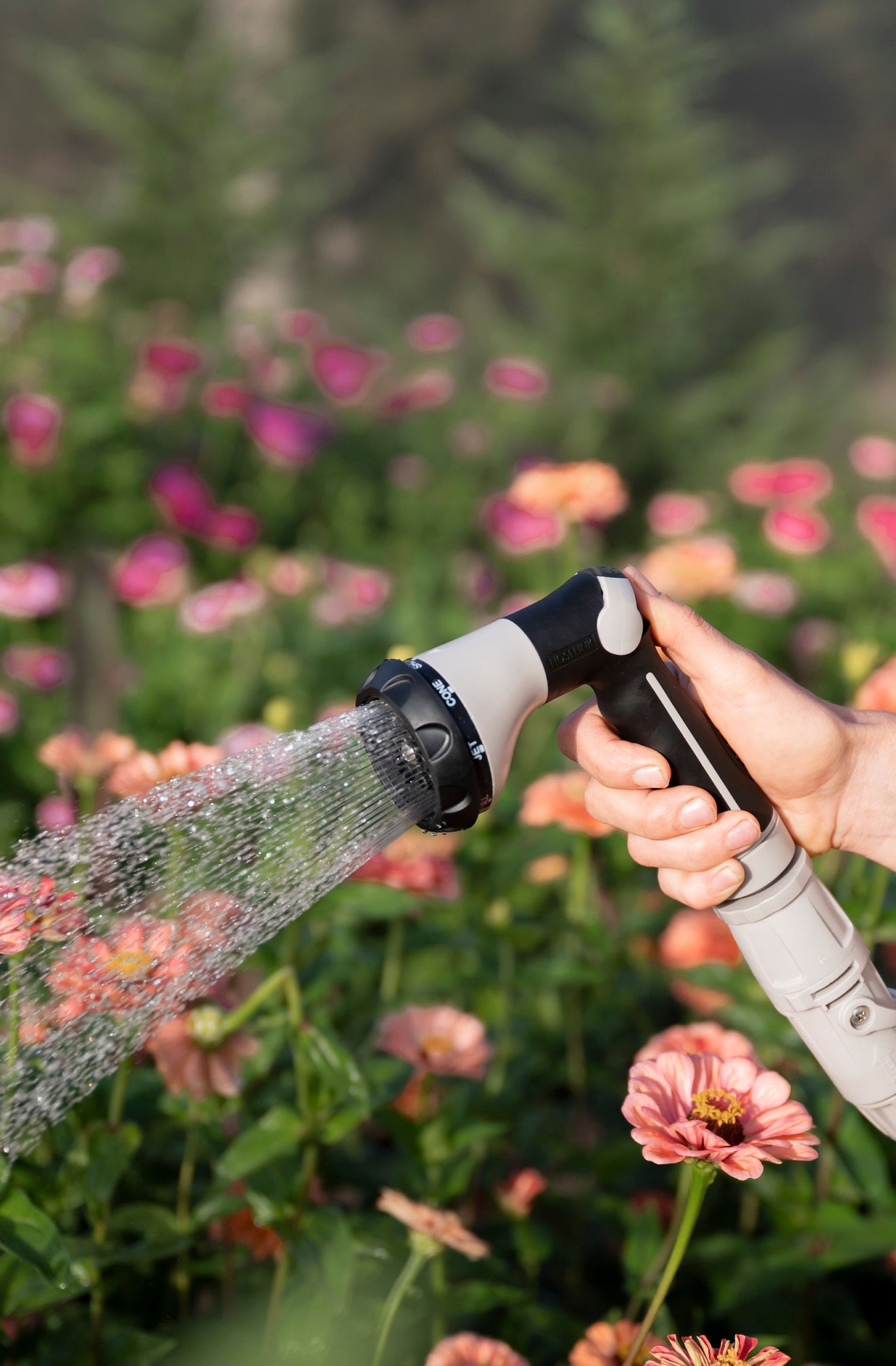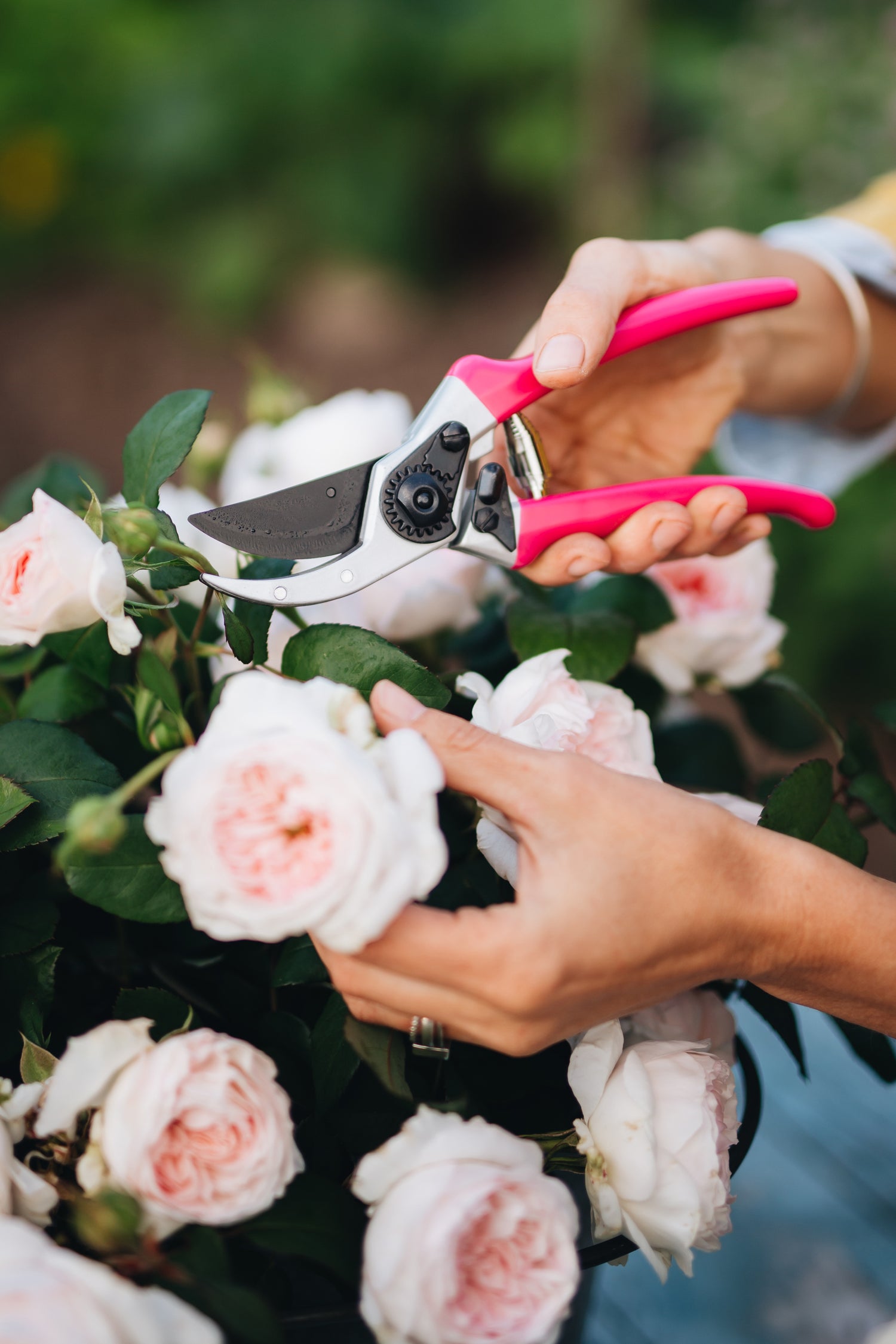It’s no secret that gardeners adore their lawns. A sanctuary for pets, wildlife, entertaining and relaxing, a well-kept lawn can add considerable value to any home, not to mention the leisure and lifestyle of its owner. However, maintaining a lush, green lawn can be challenging in severe heat and drought conditions unless you’re prepared, particularly when water restrictions are in place. Although many gardeners see themselves as defenseless against Mother Nature, there are plenty of ways that you can preserve and protect your lawn during the harsh summer heat, even when water must be used sparingly. For the gardeners looking to revive their lawn's health during harsh summertime conditions, follow our tops tips below!

Mow the lawn
Mowing your lawn is a task that’s so much more than just a chore created to shorten and neaten the grass. Consistent mowing also encourages your lawn to thicken up each time it enters a regrowth phase. With plenty of sunshine and faster growth rates, the temptation is to cut your grass nice and short each time you mow; however, this is not recommended during dry conditions. We advise you slightly raise the height of your lawnmower blades to ensure the grass stays a little longer, delivering shade and natural cooling to the roots and soil that sit beneath. Performing a mulch mow can also assist in insulating the soil and roots and limiting evaporation.
It doesn’t have to end after you’ve completed your mow either; use the grass clippings that get left on the lawn or deposited in the catch tray as mulch once turned into compost. When left on the lawn, clippings can quickly break down and decompose, which enriches the soil. When you perform a mulch mow, the mower chops the grass clippings as it goes, which speeds up the process.

Fertilize
As soon as the cooler weather starts to subside and the grass on your lawn begins to grow, it’s time to begin fertilizing. Fertilizing your lawn not only provides your grass with a much-needed boost in nutrients that encourages a healthy green glow but fertilized grass helps build resistance to the damage that pests can cause. The thicker your lawn grows, the harder it becomes for common pests to take hold, which is a real lifesaver as they begin to emerge in the warmer months. When purchasing a lawn fertilizer, opt for a rapid-release formula that feeds consistently. You’ll want a thicker, more vigorous lawn with substantial root systems to make it through droughts and dry periods. For an even quicker absorption of nutrients, try using a trigger nozzle liquid lawn fertilizer, which makes good use of the water you’ll be using – a crucial approach when water is scarce.
Use a wetting agent
Make use of a wetting agent to ensure your lawn can soak up all the water it receives, whether from rain or your garden hose. During a drought, or when water restrictions are enforced, it’s essential to make sufficient use of every drop available, which is where wetting agents can give you the upper hand.
Wetting agents increase water penetration in the soil by limiting the surface tension of the water so that it can be easily absorbed. In other words, it helps the soil to retain moisture, meaning you won’t need to water as often because your soil’s water absorption can increase by up to 50%. Opt for a wetting agent that can also fertilize your lawn or offer some nutritional benefits.

Patch up ailing spots
Like any other task, it can be tempting to wait until the worst has set in before we do something about it, and when talking about lawn care, we mean waiting until your lawn is completely bare and weed-infested before taking action. When tackling small, bare spots in your lawn, patch them up with seeds or small rooted portions of grass with leaves that are handled like cuttings. With a bit of tender love and care, you’ll be able to cultivate the bare spot. To do this, rake over it smoothly, apply your lawn fertilizer and water over the top with a soil-wetting agent. From there, you can sprinkle the fresh seed or plant the sprigs (portions of loose grass) into the soil, but make sure to keep the surface area moist. You’ll also want to avoid walking over the area or mowing it until the mended area has completely recovered and the grass has formed its own root system.
Aerate
Over time, your lawn may become compacted by heavy use, which includes regular foot traffic and mowing. As grass can often struggle to survive and grow in compacted soil, it becomes thin and almost looks like it’s been squashed down in certain spots. This opens up your lawn to the possibility of weed takeovers, as weeds are not as sensitive to soil conditions. To remove the effects of compaction, drive a garden fork or any other sharp garden tool into your soil to form small, coin-sized holes, or if you find that your entire lawn needs to be aerated, you might like to hire/purchase a lawn aerator to simplify the job. After aerating, spread a fine layer of sand over the holes so particles can filter in. You’ll find that once aerated, air and water will now penetrate the soil much more effectively.

Water
Lawns respond quickly to being watered with robust, green growth, whether from your intervention or the rain. During drier parts of the year, we recommend watering your lawn early in the morning while it's still cool, preferably just after dusk, so that your lawn gets the opportunity to absorb the maximum amount of water possible. Leaving your watering until the hottest part of the day, usually between 12pm and 3pm, can limit its effectiveness as the water will likely evaporate well before your soil can absorb it.
Consider using tank water to give your lawn its dose of hydration in dry areas, where water restrictions control when and how often you can water. If there’s no water readily available, steer clear of walking directly on dry grass, so it recovers more quickly when the rain returns.

ADDRESS OTHER COMMON LAWN ISSUES:
Bumpy Lawns
A bumpy or uneven lawn can be a major point of frustration for gardeners. Caused by numerous issues, choosing the best solution will mean discovering the exact cause. Potential reasons can include:
Freezing and thawing: A thin lawn that ices over through winter can often lift and heave, encouraging bumpiness.
Earthworms: Earthworms tend to create small mounds of dirt, known as castings, which sit at the surface of your soil. These are the end-products of worm digestion and provide organic nutrients for your grass.
Wildlife: In search of things to eat or to burrow, some animals may dig small holes in your lawn.
Tree roots: The trees in your yard may have roots growing close to the surface. As these roots erupt through the topsoil, they can cause the surface to be uneven.
While managing these causes will require different approaches, letting your lawn grow a layer of thick, green grass will make those bumps far less noticeable.
Discoloration
When your lawn begins to brown or wilt, take it as a sign that it’s due for a deep watering, as the brown blades, even when outnumbered by healthy green blades, are a signal that your lawn is suffering the early effects of drought damage.
Check your soil’s moisture levels by inserting a fork or screwdriver below the soil surface. If the soil’s dry just two inches down, you’ll need to water for extended periods to allow the water to penetrate the soil properly. You’ll find this approach to be much more effective than shorter, more frequent bursts of watering. Try using a Hoselink Oscillating Sprinkler to make this job much easier.

Weeds
Weeds hinder plant growth by surrounding them and competing for nutrients, soil, water, and space, and if left to develop, may be the catalyst for other plant diseases and pests to infiltrate your lawn.
Mulching has proved itself to be one of, if not the most effective preventative method for managing weeds, all while retaining the moisture and temperature of the soil. Arrange sheets of newspaper or weed mats across the dampened soil and top it off with mulch. Ensure the mulch is applied thick enough to shield the soil from sunlight and prevent the weeds from forcing their way back up.
Alternatively, remove weeds as soon as they emerge. Pulling out weeds from the root will prevent them from further germinating and spreading, but you’ll want a reliable tool. Hoselink’s Stand-Up Weed Puller uses stainless steel claws to reach deep into the soil and grab the root from all directions, removing it cleanly. It’s simple, yet ergonomic design even eliminates the need for bending and kneeling. Just step, pull and eject!


